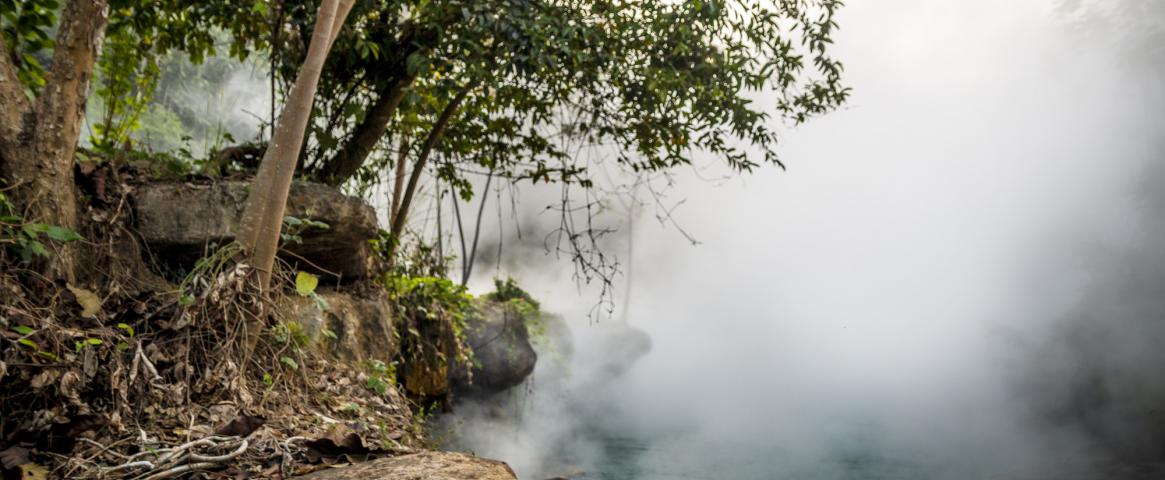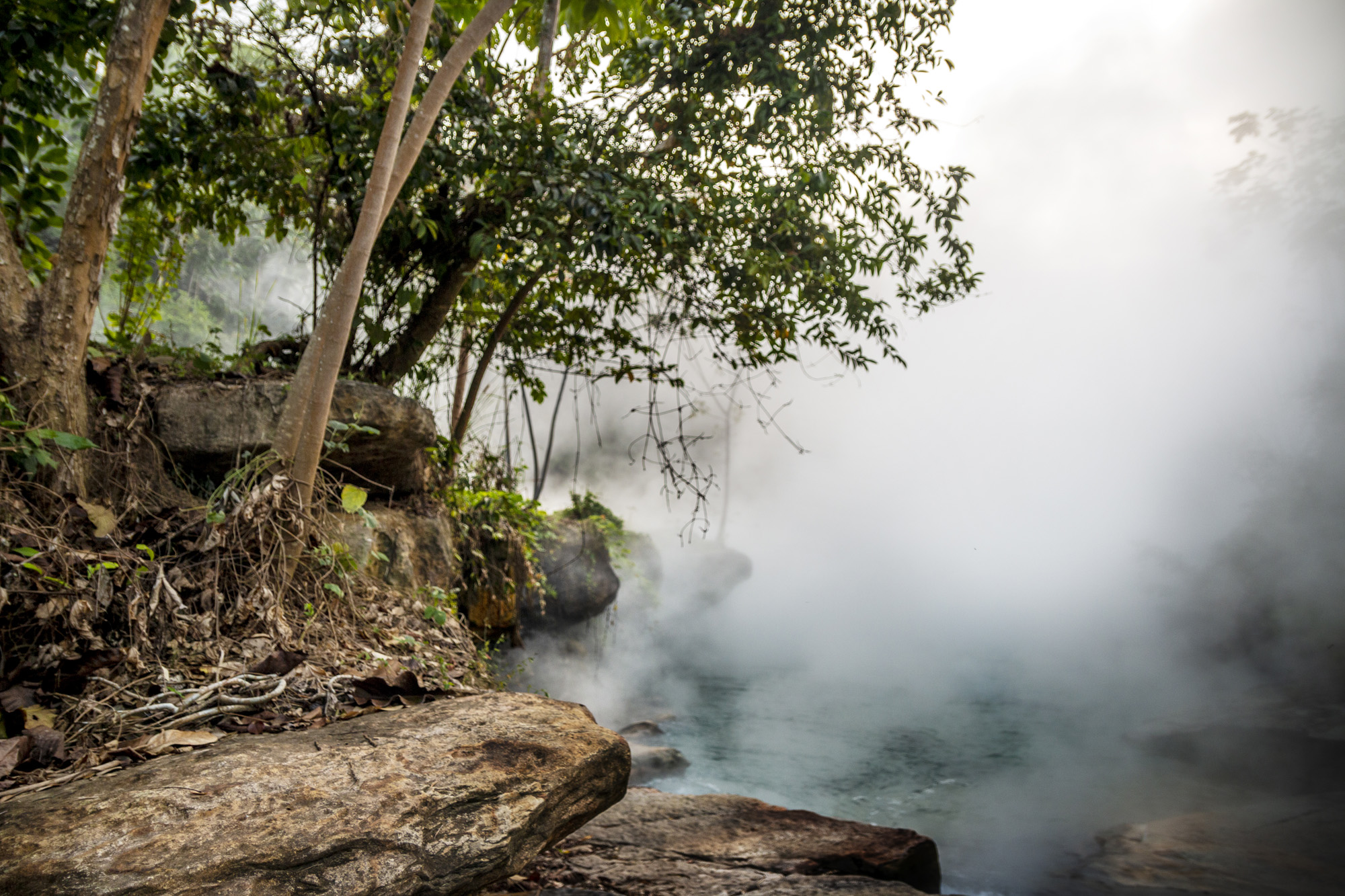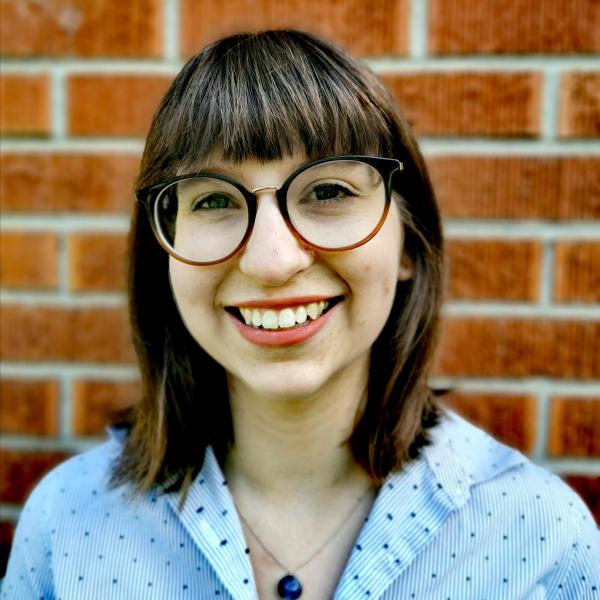By Brianna Barbu
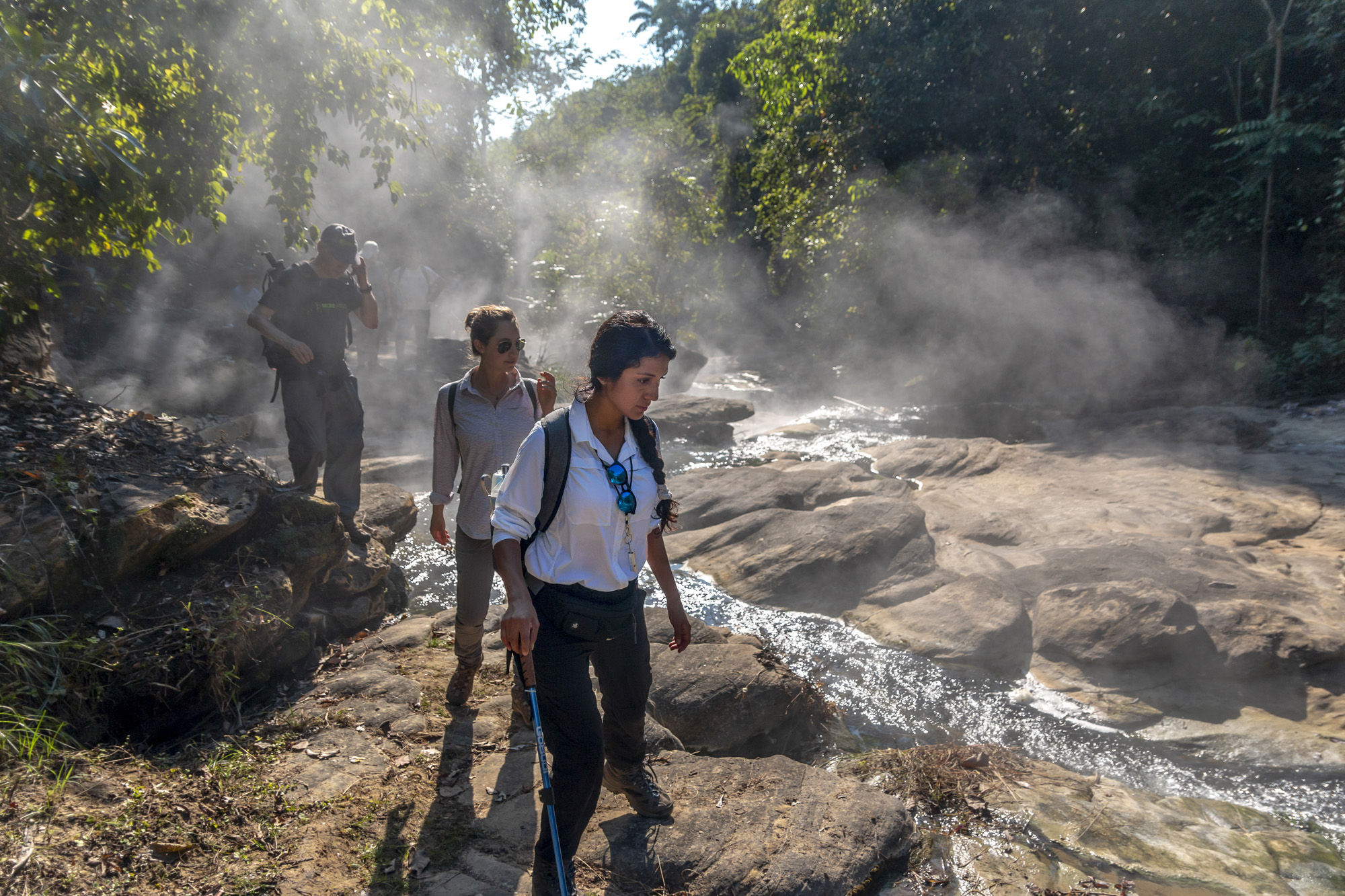
Deep in the Peruvian jungle, Rosa Vásquez Espinoza clung to the slippery side of a vertical rock face. Ants and spiders scurried around her and hot water splashed from above. Undeterred, she edged carefully towards an outcropping on the bank of the Boiling River, a remote Amazon tributary that can reach temperatures up to 210 °F.
Vásquez didn’t attempt this risky maneuver just for the thrill of it — she did it for the bacteria.
Fed by hot springs, the Boiling River is hot enough to cook almost any living thing that falls into it, but it’s just right for colonies of heat-loving “extremophile” bacteria.
Last August, Vásquez, a chemical biology graduate student, traveled to the Boiling River with 40 other researchers from seven different countries to collect samples of bacteria, lichen, and soil microbes.
Back in David Sherman’s Laboratory at the University of Michigan Life Sciences Institute (LSI), Vásquez is studying how the unique environment of the Boiling River has left its mark on the microbes.
She believes that the bacteria might have unique enzymes “which may be creating new molecules that help them fight and survive” in extreme heat. Her goal is to figure out how those enzymes and molecules work, and if they could translate into medical advances. The research was made possible by the National Geographic Society, permits from the Peruvian Government, the University of Michigan Biosciences Initiative and the Sherman laboratory.
Benefits of biodiversity
Vásquez’s advisor, LSI professor David Sherman, has been studying bacteria from around the world for the past 20 years because they’re great at producing medically useful molecules. “There’s no better way to find new ones than going to new habitats,” says Sherman. His is the only lab in the U.S. permitted by the Peruvian government to collect and export Amazon microbes for research.
The World Wildlife Federation estimates the Amazon rainforest harbors 10% of the world’s known species, with a new discovery on average every other day, not even counting microbes. “Every centimeter of land, water, tree — everything is covered with life,” Sherman says. “It’s fair to assume that it will have high biodiversity in microorganisms.”
Ashootosh Tripathi, director of the LSI Natural Products Discovery Core (NPDC), estimates that only 1% of Earth’s microbe species have been thoroughly studied. Considering that hundreds of antibiotics, antivirals, cancer treatments and more have come from that tiny fraction, “think about how much potential is left in the 99%,” Tripathi says. That potential led Sherman and Vásquez to the Boiling River last year.
New chemistry, new cures
Vásquez became interested in science through learning about natural remedies from her grandmother, who was raised in the high Andes with little access to Western medicine. “She has kind of a small pharmacy in her garden,” Vásquez says. Curiosity about her grandmother’s plants sparked her passion for medicinal chemistry.
Now, Vásquez is working on extracting the enzymes and small molecules produced by the Boiling River bacteria and searching the scientific literature to see if she’s found something new.
“Whenever we have new chemistry, we have a really high potential of finding new cures,” she says.
The molecules and enzymes that Vásquez finds will be added to the LSI’s extensive natural products library, which medical researchers can screen for activity against pathogens, cancers or other targets. Then, says Tripathi, they can work with the NPDC or Sherman’s lab to narrow down and characterize the most promising compounds found in the screening.
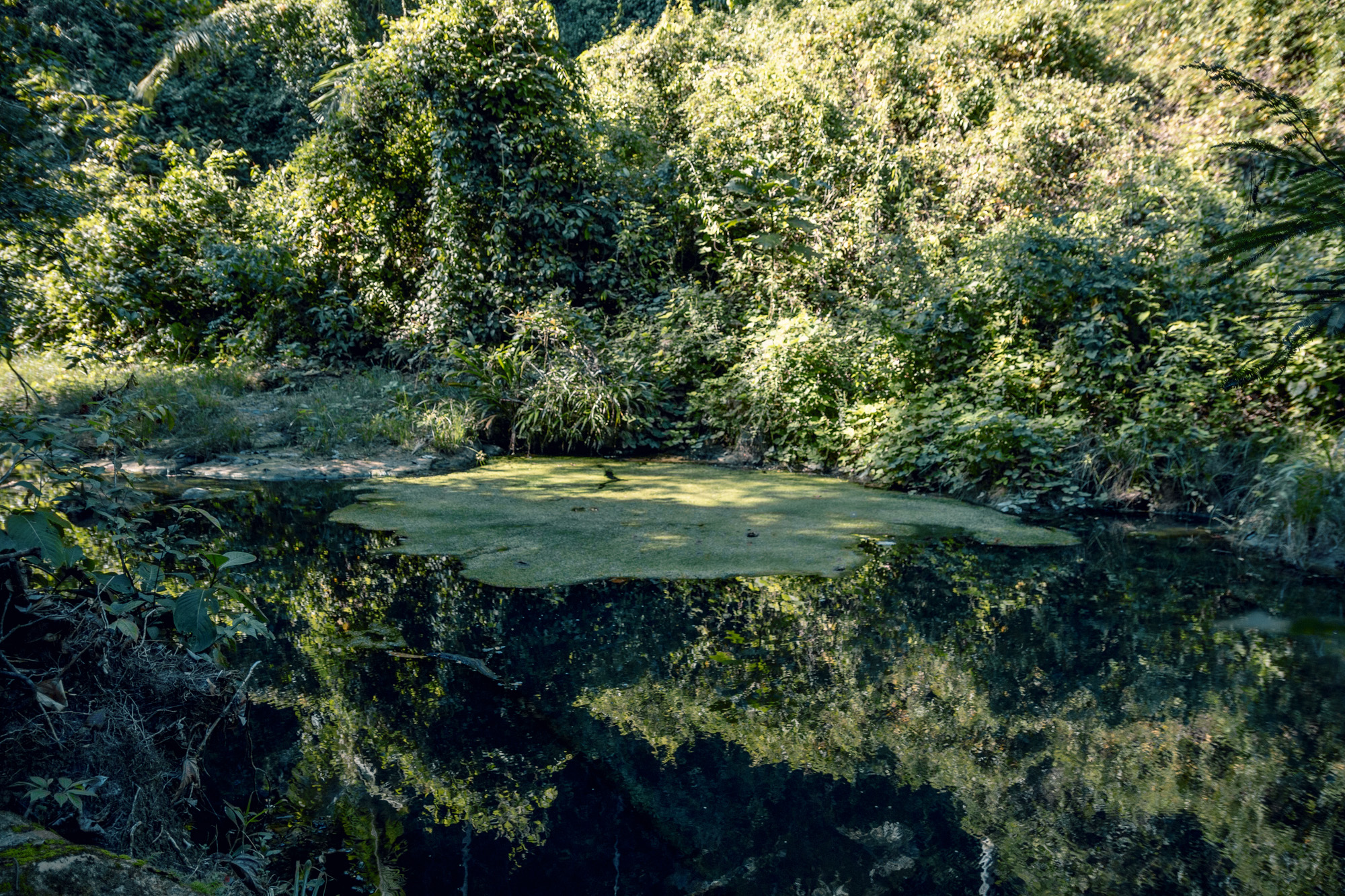
Another of Vásquez’s aims is to figure out how the extremophiles’ enzymes work and if their chemistry could be used by the pharmaceutical industry. Biocatalysts are often more efficient, use fewer toxic metals and solvents, and produce less waste than traditional chemical reactions.
The Boiling River bacteria have two notable traits that Sherman and Vásquez believe will make their enzymes industrially valuable. First, their heat tolerance means they should be able to handle higher reaction temperatures than other biocatalysts. Second, “these extremophiles have found a way to change and evolve in real time while we study them,” says Vásquez. That makes them good candidates to be engineered for large-scale use.
Bringing it all together
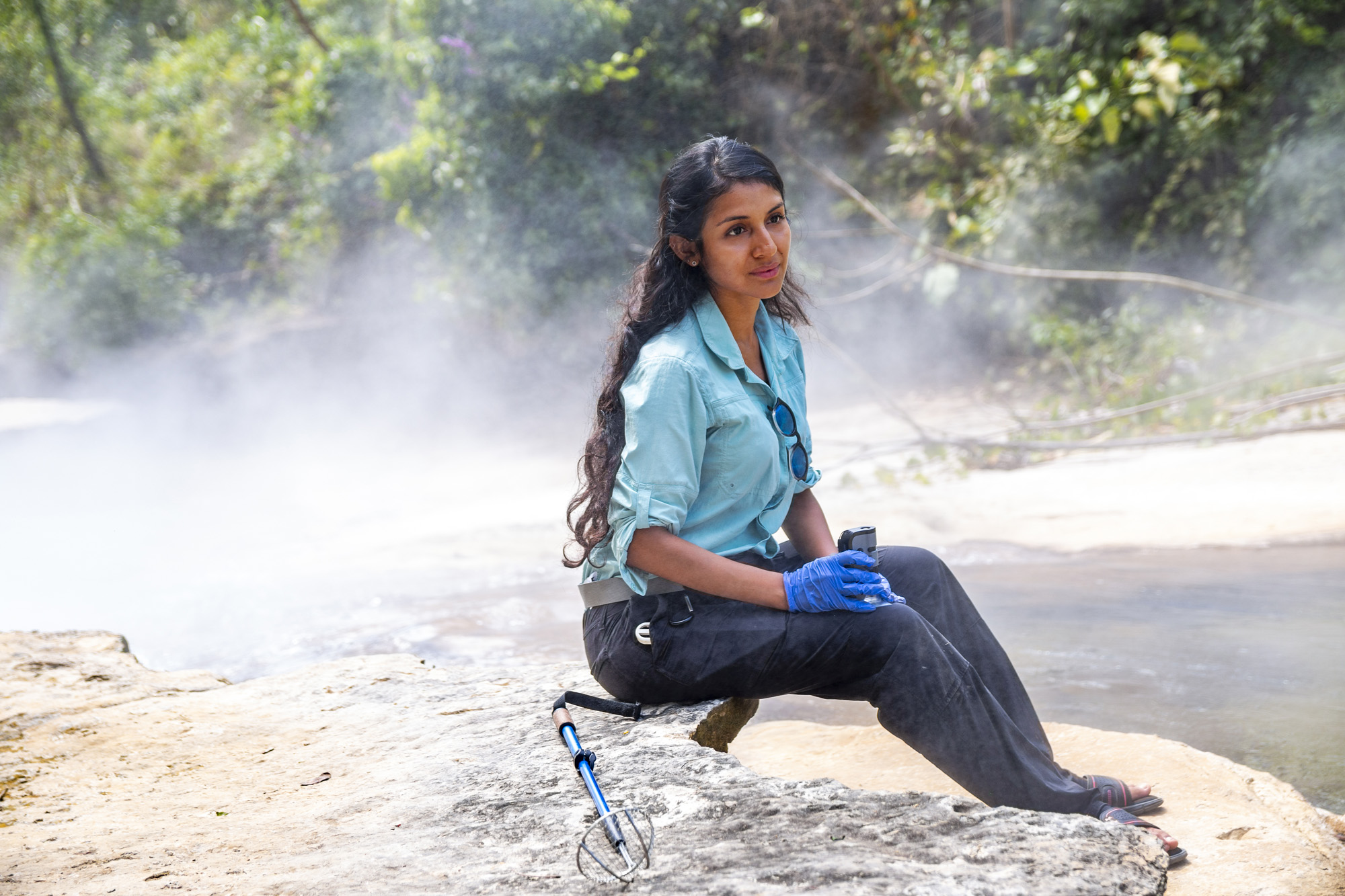
Vásquez plans to turn her research into a public database in English and Spanish. Using photography and interactive elements to supplement her data, she hopes to make the microscopic life of the Boiling River accessible to anyone — especially future scientists.
Vásquez’s educational outreach goals will bring her research and personal mission full circle. “It makes people talk about the Amazon and want to learn a little bit more,” she says. “Then they care a little bit more, and that makes a difference.”
This story was produced as part of NASW's David Perlman Summer Mentoring Program, which was launched in 2020 by our Education Committee. Barbu was mentored by Eric Bender.
